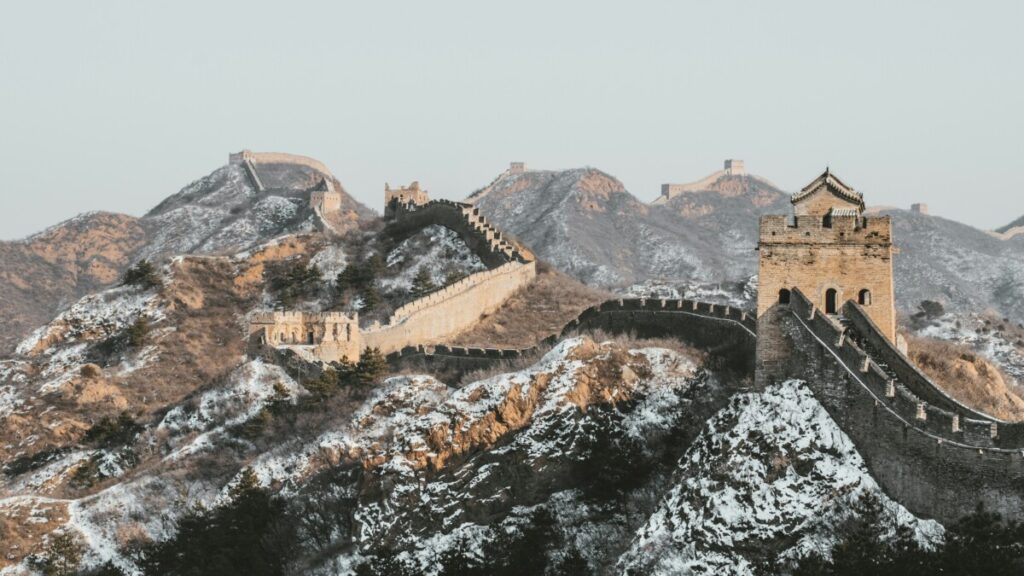
Throughout around 300,000 years of humans coexisting and coevolving with the earth, we’ve significantly altered the geological landscape and infused new cultural significance into the lands where we thrived. China’s Great Wall stands as a testament to this evolution.
The Great Wall, one of the most prominent cultural landscapes of China, had functioned as the backbone of the country since 770 B.C. Initially constructed to fortify against attacks from northern nomads, it has transformed over time into a symbol of China’s enduring history and stands as one of the greatest marvels of human engineering.
The modern Great Wall spans a length of 21,196.18 kilometers, incorporating sections constructed during the Chunqiu, Qin, Han, and Ming dynasties. Geographically, it extends from Liaodong in the east to Lop Lake in the west, and from the Sino-Russian border in the north to Taohe in the south. (Wikipedia) Originally designed as a fortification, it encompasses defensive elements such as watchtowers, troop barracks, garrison stations, and systems for wartime signaling through smoke or fire. (Wikipedia)
Having survived the reigns of numerous emperors and dynastic transitions, the Great Wall bears a wealth of tales and histories within its stones. From King Zhouyou’s ill use of wartime smoke signals leading to his dynasty’s downfall, to Lady Mengjiang’s wall-breaking mourning for her husband, a corvee laborer who perished while contributing to the Qin dynasty’s construction of the Great Wall, these narratives echo recurring themes in early Chinese lore. Both stories shed light on the tyrannical nature of emperors, with the latter emphasizing and empathizing deeply with the harsh realities faced by ordinary people under the rulers’ ruthless and oppressive regimes.
The Great Wall is woven with the tales behind it, and the history of it had become an integral component of the fundamental education for every individual born and raised in China. Beyond its geological significance, it stands as a symbol of the country’s profound cultural heritage.
Bibliography:
Wikipedia. (2023, November 6). Great wall of China. https://en.wikipedia.org/wiki/Great_Wall_of_China#cite_note-ncha-3